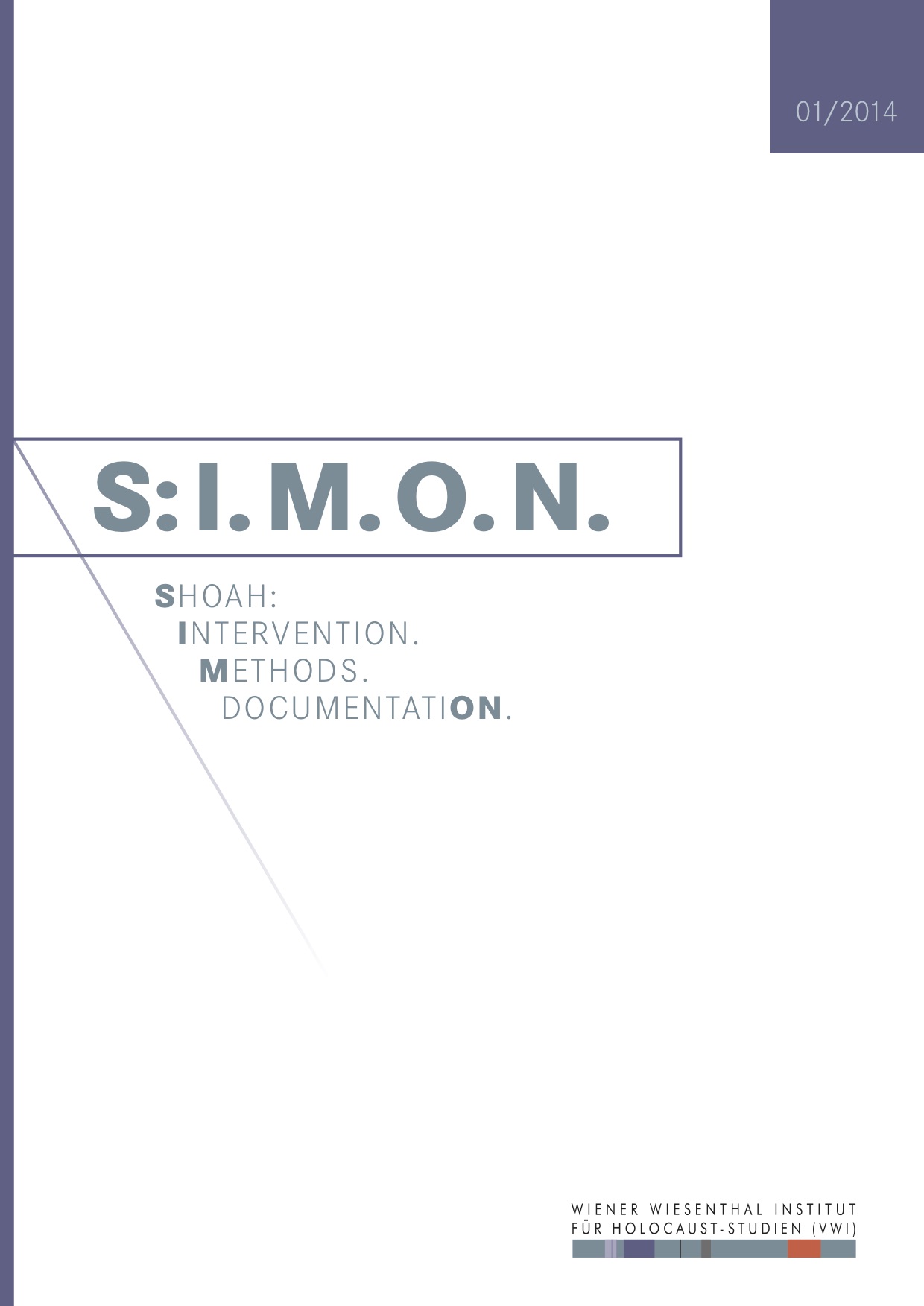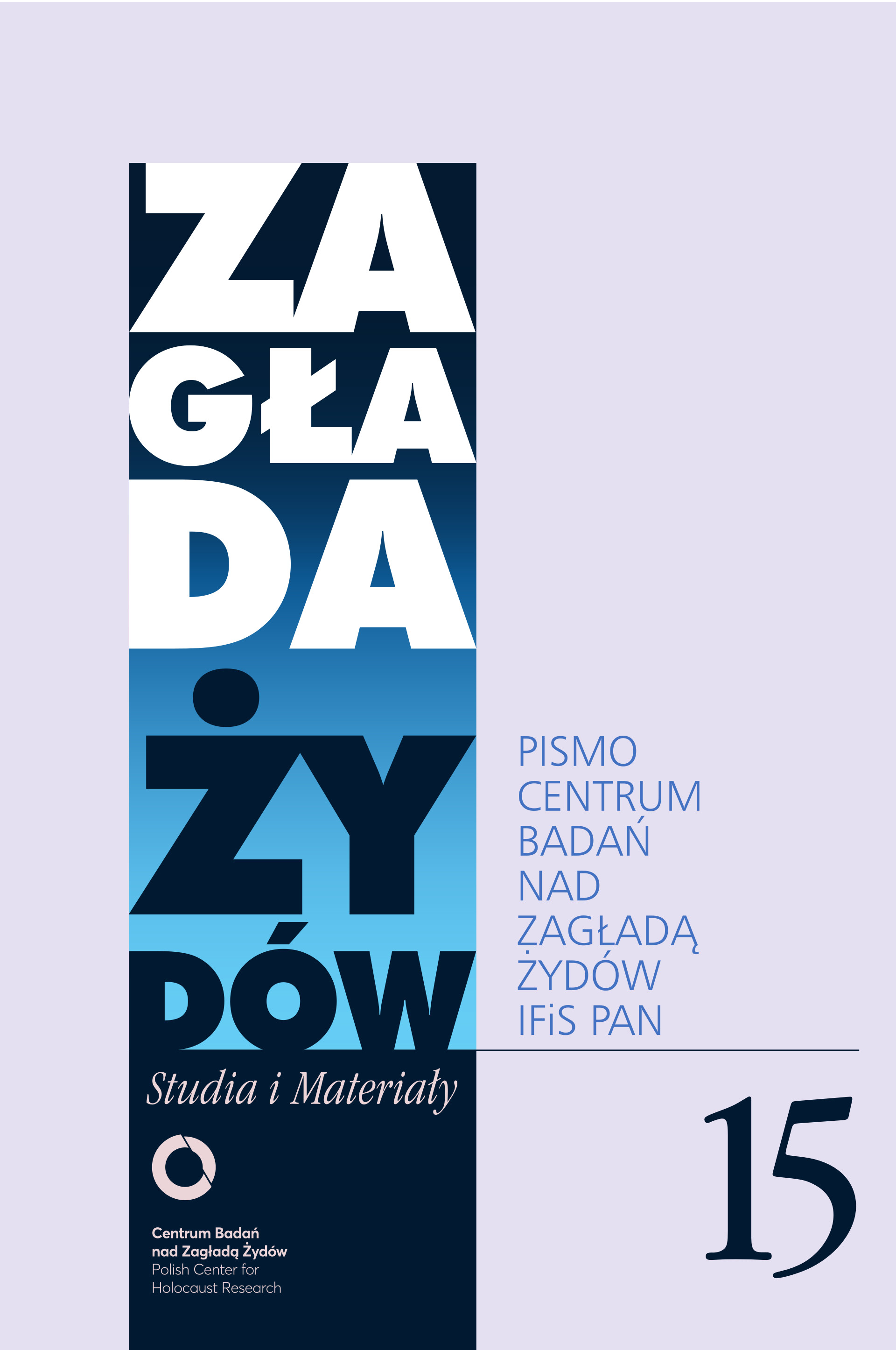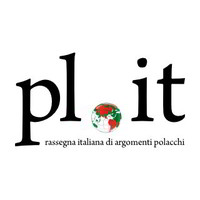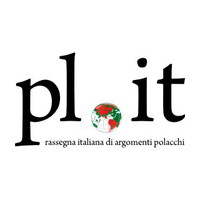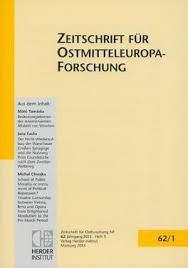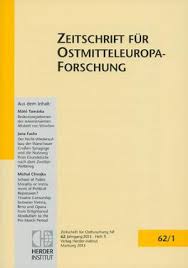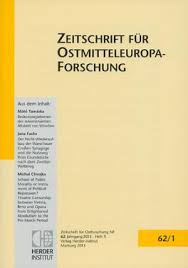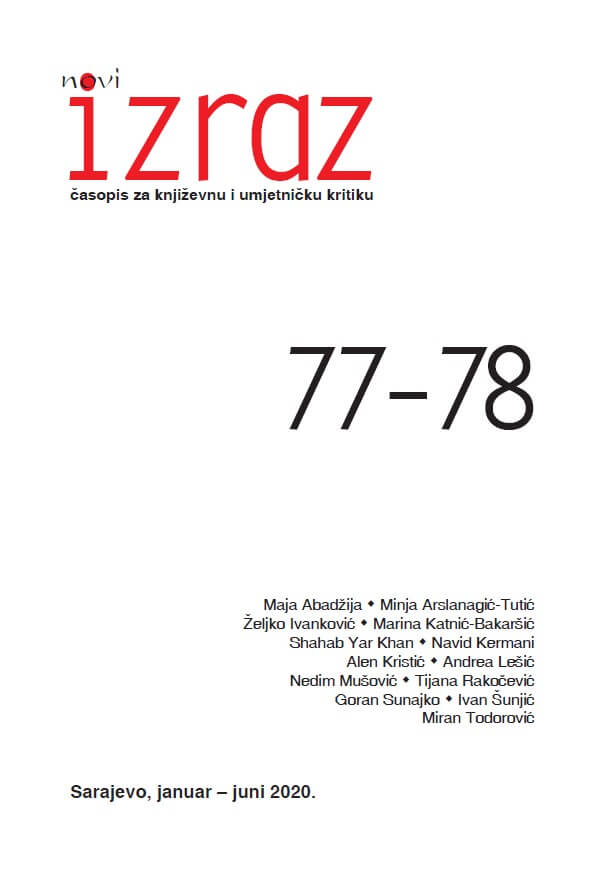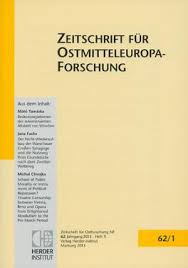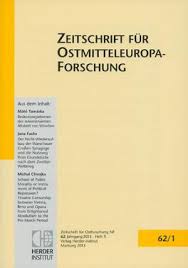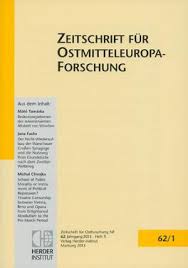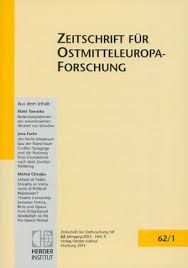
ZASJEDANJA ZAVNOBiH-a I PRVI USTAV NARODNE REPUBLIKE BOSNE I HERCEGOVINE
The historical and legal conditions for the passing of the Constitution of the People’s Republic of Bosnia and Herzegovina (31st of December 1946) were met by the decisions of the First, Second and Third Session of ZAVNOBiH. Thereby, it is especially significant to emphasize the importance of the First Session of ZAVNOBiH as a historical event on which the representatives of all Bosnian and Herzegovinian peoples laid the foundations of the modern statehood of Bosnia and Herzegovina. During the course of the Liberation war, through ZAVNOBiH, the peoples of Bosnia and Herzegovina created their federal unit, which then became, according to the political will of its delegates on the Second Session of AVNOJ, a part of the Democratic Federative Yugoslavia. With the passing of the first constitution of the Peoples Republic of Bosnia and Herzegovina its internal organization was defined in accordance with the political and economical circumstances of the time. It was defined as a people’s state of republican character which had sovereign rights. In this way the building of Bosnian and Herzegovinian statehood was finished so we can claim that from the 31st of December 1946 it existed and functioned as a state organization. It had a number of features of a state: borders, internal government structure, constitution, laws, etc. Also Bosnia and Herzegovina had certain traditional characteristics of statehood, such as the flag, coat of arms, anthem and a capital city. Thereby, we must not let out of sight the fact that Bosnia and Herzegovina was, according to the will of its representatives, within the common state of Yugoslavia. The sovereignty and statehood of the Peoples Republic of Bosnia and Herzegovina was limited by the sovereignty of the federal state. These were sovereign rights which the Peoples Republic of Bosnia and Herzegovina transferred to the FPRY, considering that it was an integral part of a unified social and economic political system of the AVNOJ Yugoslavia.
More...
